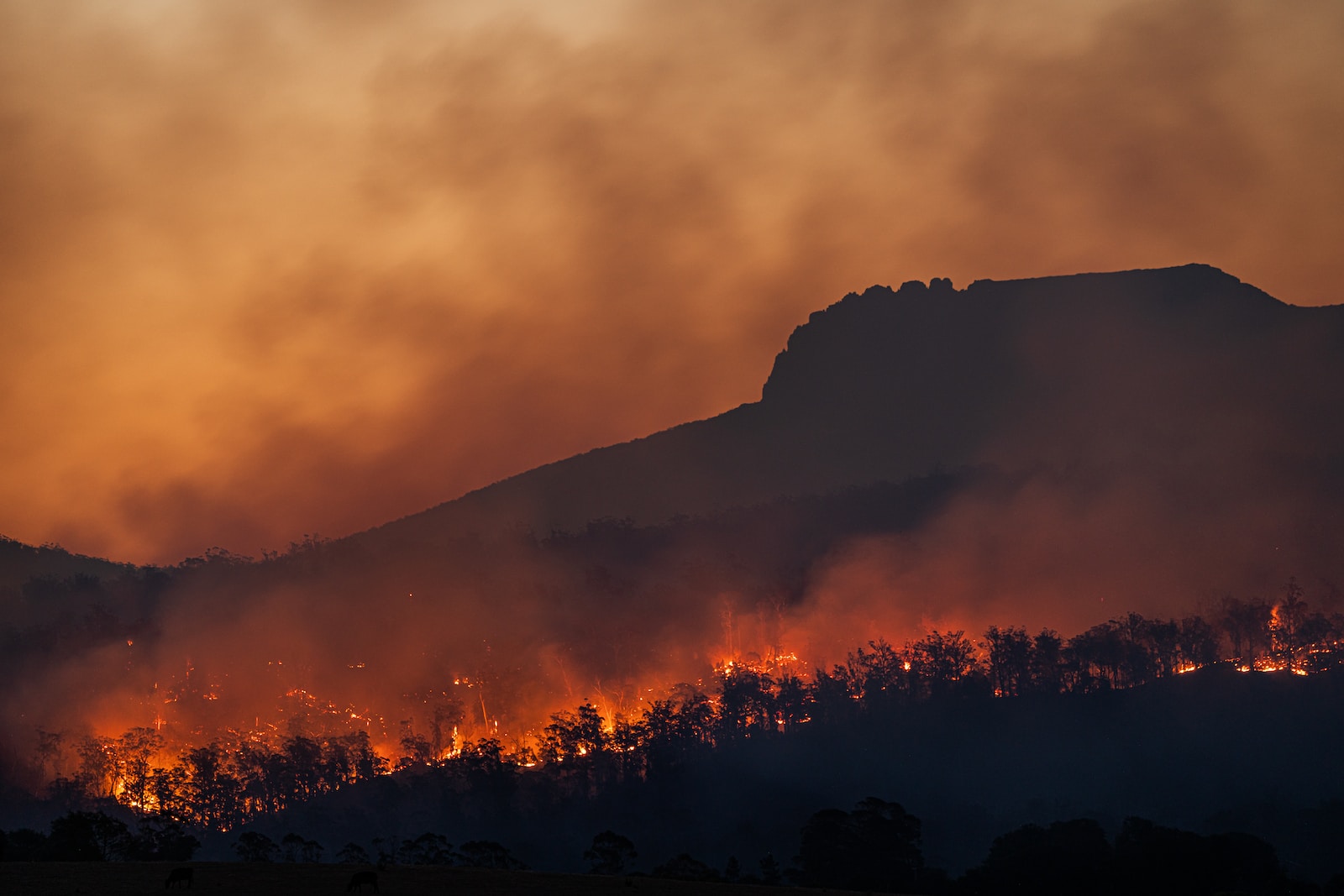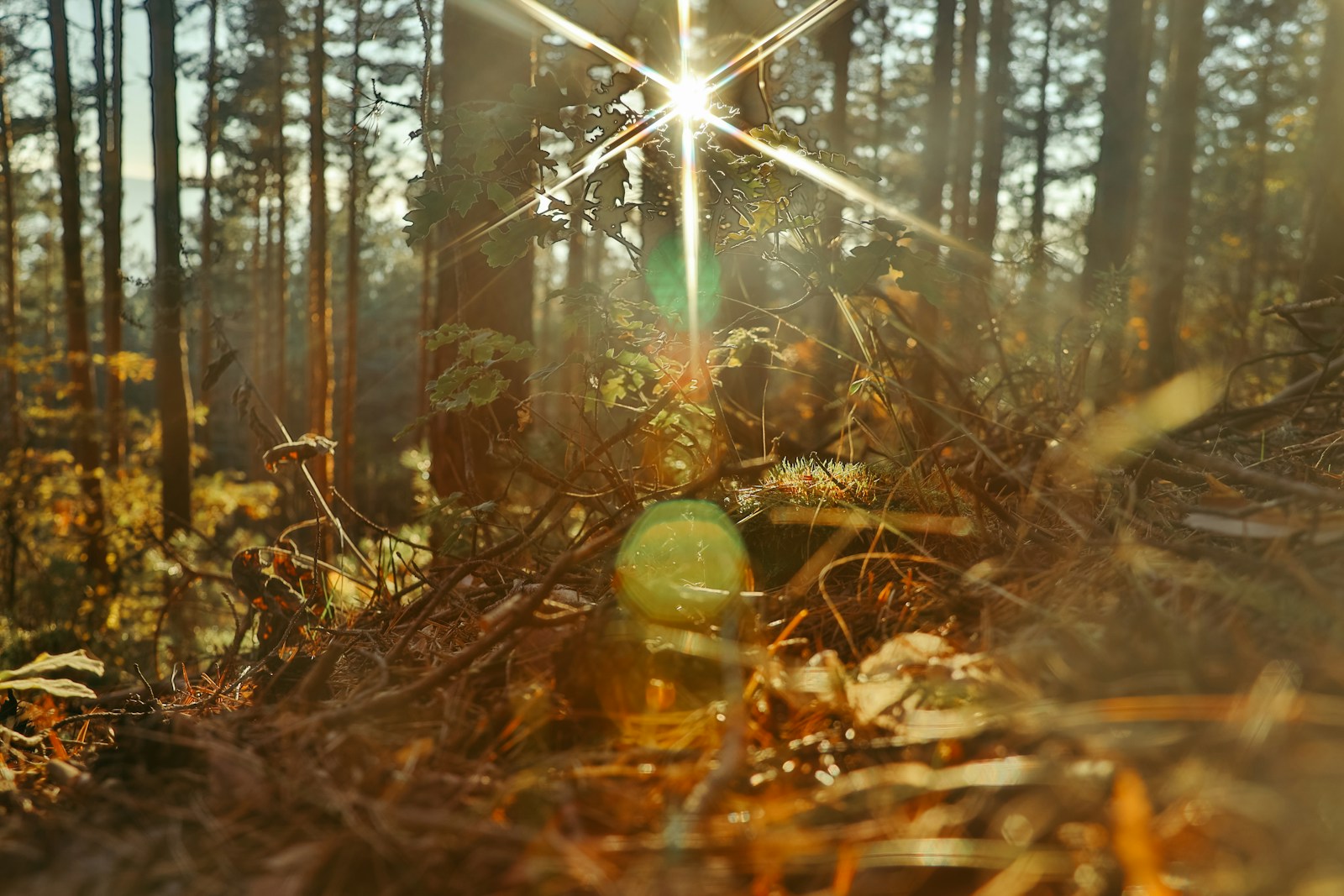Table of Contents
ToggleIntroduction:
Australia is facing an unprecedented spring heatwave, with temperatures soaring to record highs and fueling devastating bushfires across the country. The extreme heat and dryness are creating tinder-like conditions, enabling fires to spread rapidly and uncontrollably. The blazes are not only endangering communities but also posing a severe threat to Australia’s unique wildlife, particularly koalas.
Unprecedented Heatwave Triggers Catastrophic Bushfires
Australia is experiencing its worst spring heatwave in recorded history, with temperatures surpassing 40 degrees Celsius (104 degrees Fahrenheit) in several regions. This extreme heat, coupled with prolonged dry conditions, has created a perfect storm for bushfires to ignite and spread with alarming intensity.
The fires have already ravaged vast swathes of land, destroying homes, businesses, and precious ecosystems. The flames have leaped across roads, threatening towns and villages, forcing communities to evacuate their homes. The situation remains volatile, with no end in sight to the heatwave and the fire threat.
Koala Habitat at Risk as Flames Engulf Australian Landscape
Koala populations have already been declining due to habitat loss, disease, and dog attacks. The bushfires pose an even greater threat to these vulnerable marsupials, as their eucalyptus tree habitat is being engulfed by the flames.
Koalas are particularly susceptible to the fires due to their slow-moving nature and their tendency to cling to trees for safety. As the flames approach, many koalas are trapped and perish. Those that manage to escape the fire often suffer severe burns, dehydration, and starvation.
The Plight of Koalas: Slow and Painful Death in the Aftermath of Fires
The bushfires are not only causing immediate harm to koalas but also leading to prolonged suffering and death. Koalas that survive the initial blaze often face a slow and painful demise.
Burns sustained in the fires can be excruciating, and koalas may lack access to food and water, leading to dehydration and starvation. The psychological trauma of the fires can also take a toll on these sensitive animals, with some exhibiting signs of stress and anxiety.
Urgent Action Required to Protect Australia’s Wildlife and Ecosystems
The devastating impact of the bushfires on koalas and other wildlife highlights the urgent need for action to protect Australia’s unique biodiversity. Conservation efforts must be strengthened, and measures must be taken to reduce the risk of future fires.
This includes addressing climate change, which is exacerbating extreme weather events, as well as implementing stricter land management practices to reduce fuel loads and improve fire resilience. Protecting Australia’s wildlife is not just about saving individual animals; it is about preserving the delicate balance of ecosystems that are essential for the health of the planet.
Conclusion:
The bushfires raging across Australia are a stark reminder of the fragility of our ecosystems and the devastating impact of extreme weather events. The plight of koalas, caught in the crossfire of these blazes, underscores the urgent need for action to protect our planet’s precious biodiversity. By addressing climate change and implementing sustainable land management practices, we can work towards a future where Australia’s wildlife and ecosystems thrive.







